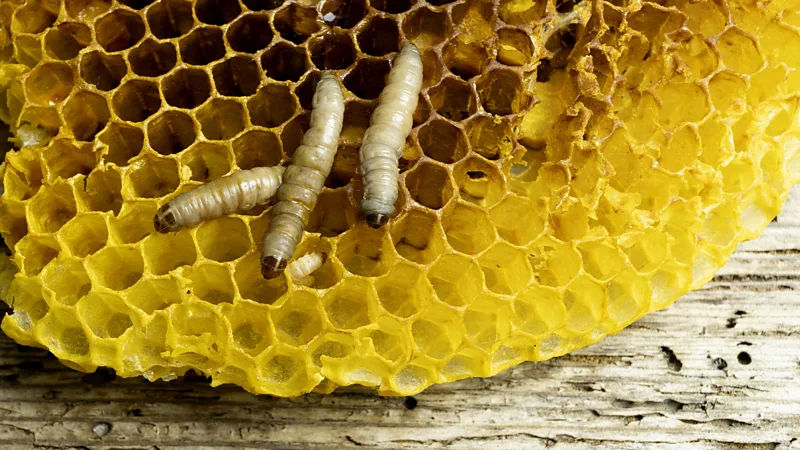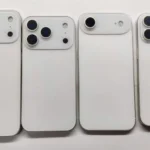Waxworms don’t seem to be all that amazing at first glance. These pale, wriggly grubs are the larval form of wax moths, and they eat the wax that bees use to create their honeycomb. Pests are something that beekeepers need to get rid of quickly and without hesitation.
However, molecular biologist Federica Bertocchini made a potentially revolutionary finding concerning these animals in 2017 while working on a project at the Spanish National Research Council studying the embryonic development of vertebrates.
After cleaning her hive, amateur beekeeper Bertocchini threw some of the waxworms into a plastic bag and forgot about them. Soon after, she became aware of the plastic contained tiny holes made by the worms, and the holes started to break as soon as the plastic came into contact with the worms’ mouths.
About the first discovery and the realization of its significance, Bertocchini remarks, “It was a true eureka moment—it was brilliant.” “That marked the start of the narrative. the start of everything, including the research project.







